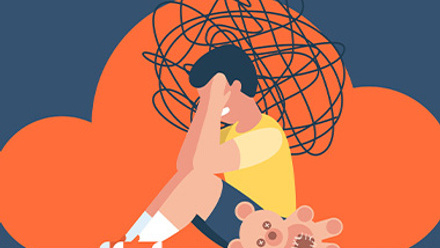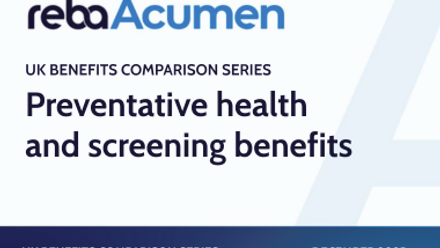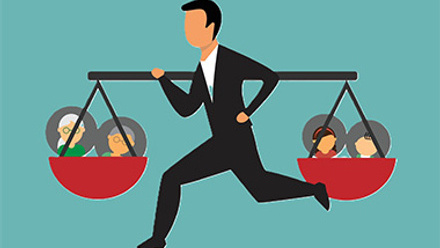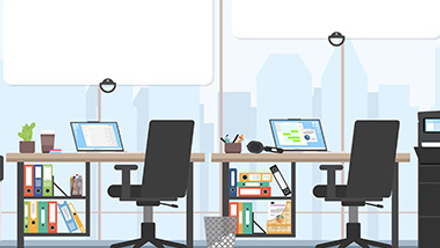Who is responsible for psychological safety at work?
Psychological safety is a buzz-term we are all too familiar with right now – and psychological safety in the workplace is a topic on the minds of every employer and employee at the moment.
But are we really all familiar with what it truly means, and the role we play?
Psychological safety is regarded as a shared belief that people are comfortable expressing their thoughts, ideas and concerns without fear of judgment or negative consequences.
But what does this look like in the workplace and how do we actually create a psychologically safe space?
While we are all responsible for it, our roles may differ slightly depending on where we sit within an organisation:
For employees:
- Increased stress, anxiety, and depression
- Burnout due to chronic emotional strain
- Low self-esteem or self-doubt
- Issues with sleep and fatigue
- Higher risk of cardiovascular issues
- Loss of motivation and enthusiasm for work
- Fear of taking initiative due to fear of blame or ridicule
- Hesitation to engage with colleagues or managers
For businesses:
- Poor employee attraction and retention due to the culture
- Increased costs related to recruiting and training new hires
- Distracted and disengaged employees
- Poor collaboration slows projects and decision-making
- A culture of fear or toxicity can harm an organisation's brand
- More sick days due to stress-related illnesses
- It can lead to workplace harassment, bullying, or discrimination claims
- Risk of lawsuits or penalties for failing to provide a safe workplace
There are broader issues to take seriously, too, like the erosion of trust and loss of confidence in leadership and supposed company values.
This distrust can spread like wildfire among teams, affecting long-term morale.
A psychologically unsafe workplace can also cause people to stagnate, being increasingly reluctant to take risks, propose innovations, or challenge the status quo.
The result could be that organisations will fall behind competitors who actually do foster a healthy and safe working environment.
The teacher theory
Before you go, we want to leave you with this:Who comes to mind when asked who your favourite teacher at school was?
We asked the Champion Health team the same question.
Some credited their teacher’s ability to challenge them with kindness, to create an environment where they wouldn’t be judged for asking silly questions.
Some spoke of teachers who were patient with them, empowered them to take different approaches and kept them motivated even in lessons they weren’t all that excited about.
Now, if you take all those things that make up your favourite teacher and apply them to yourself, you are beginning to form a psychologically safe space around you.
Make it your contract to your colleagues so that instead of feeling judged for mistakes or not knowing something, they feel heard and appreciated, supported and encouraged.
It’s that easy to become the psychologically safe person you would want to work with, and the person your colleagues deserve.
So, in summary: Be the leader and colleague your favourite teacher was.
Supplied by REBA Associate Member, Champion Health
One platform. All areas of wellbeing. Empowering employee wellbeing through data, insight and action








